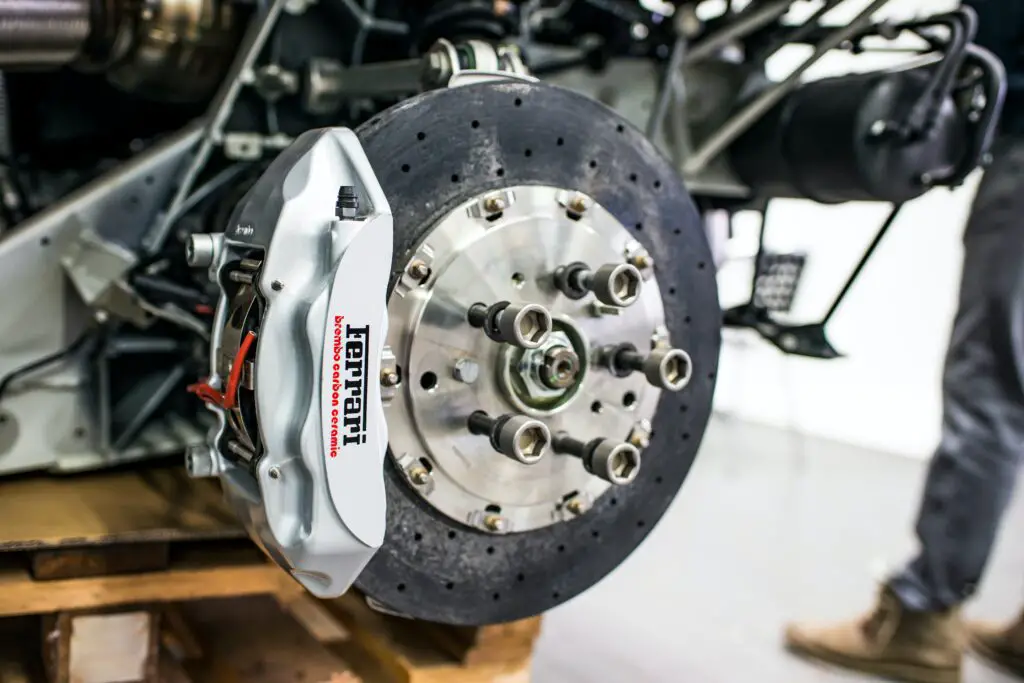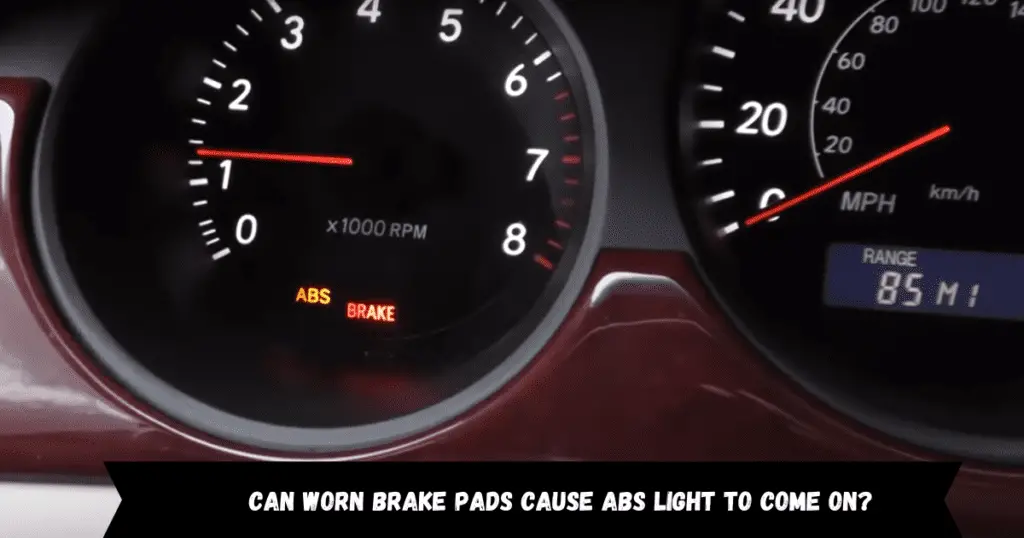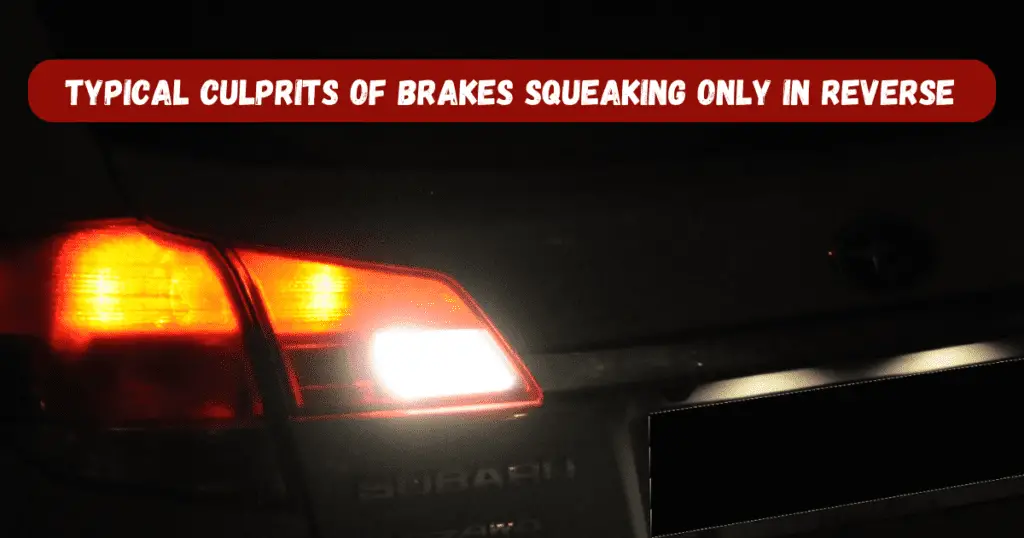No, you should not drive any substantive distance if the Brake Fluid Cap Missing. At most, creep the car slowly to where it can be repaired or replaced. The risks are immense if the Brake fluid cap missing.
You’re topping off the brake master cylinder reservoir after a fluid flush. In your haste, the cap tumbles from your hand, disappearing into the dark abyss of the engine bay. Like a dropped contact lens, that tiny cap seems impossibly lost. Can you drive to work without it? How far is safe before braking functions fail?
The brake Fluid Cap is Missing. While small, that plastic cap is vital to safely stopping your vehicle. So if you’ve lost that tiny brake fluid guardian, don’t panic. Let’s pump up your knowledge about driving with an uncovered reservoir to avoid complete brake failure!
Why is the Brake Fluid Cap So Important?
That simple cap serves crucial functions:
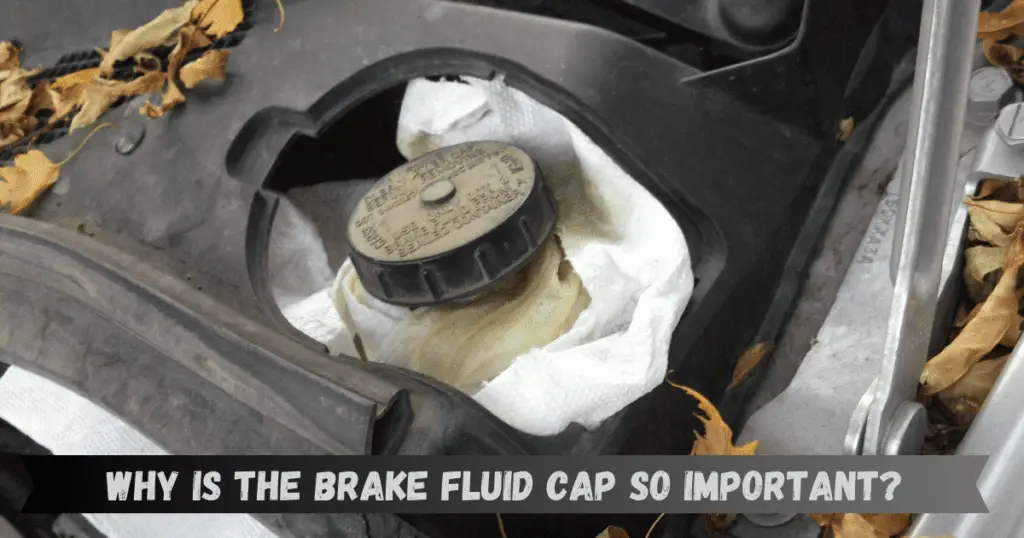
- Seals the fluid in the reservoir to maintain proper levels
- Keeps contaminants out of the brake hydraulic system
- Prevents brake fluid moisture absorption through the vent hole
- Stops brake fluid splashing out under spirited driving
Losing this cheap little cap compromises your brake system integrity and roadworthiness.
Top 3 Dangers of Driving If Brake Fluid Cap Missing
The brake Fluid Cap is Missing. Cruising cap-less jeopardizes:
1. Brake fluid loss – Fluid escapes from the reservoir through the vent hole or from splashing. This reduces pedal pressure for stopping.
2. Debris contamination – Particles clog brake valves and calipers, impairing hydraulic function. Dirt also degrades fluid.
3. Moisture absorption – Hygroscopic brake fluid rapidly sucks in humidity through the open reservoir, boiling and forming bubbles under hard braking.
So while you may drive a mile or two, extended cap-less operation could leave you without functioning brakes!
Symptoms of Emerging Brake Problems From a Missing Cap
Watch for these signs of brake issues arising from driving uncovered:
- Brake pedal slowly sinking toward the floor over time
- Reduced brake pedal firmness and increased stopping distances
- Grinding noises from contaminated hydraulic components
- Illuminated brake warning light on the dash
- Leaking brake fluid around the reservoir or undercarriage
- Brake judder upon application
Don’t ignore these warning signs of compromised brake system integrity after driving capless. Have your brakes checked immediately.
Temporary Fixes For a Missing Brake Fluid Cap
If you must drive a short distance with the cap missing, these temporary solutions can work:
- Stuff a clean rag into the open reservoir to stem fluid loss
- Use plastic wrap and rubber bands to seal the opening
- Install a bodged plastic cap or stopper to plug the hole
- Replace with a compatible cap from an auto parts store
But treat these only as ways to creep the car to where proper repairs can be made. Brake safely without delay!
Assessing Brake Damage After Driving Capless
If you drove any distance missing the cap, cautiously check:
Brake fluid level and clarity – Ensure the level is within minimum markers and the fluid isn’t extremely dirty.
Hydraulic components – Look for fluid leaks indicating loose bleeders, caliper seals, or line connections.
Brake pedal firmness – Test brakes at low speeds for adequate pedal pressure and stopping power.
Moisture contamination – Inspect fluid clinging inside the reservoir for cloudiness from absorbed humidity.
Then perform a brake bleed service and fluid flush if contamination or air ingress is suspected from capless driving. Don’t risk degraded braking.
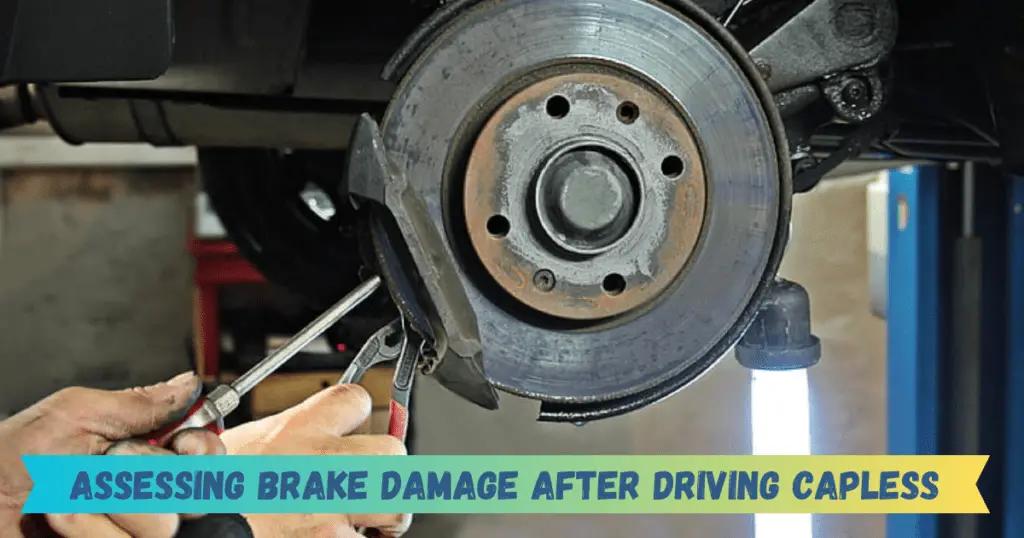

Typical Repair Costs for Capless Brake Operation
The brake Fluid Cap is Missing. If driving uncovered has damaged your brakes, expect repairs like:
- Brake fluid flush service – $100 for fluid replacement and bleed work
- Brake caliper rebuild – $200 per caliper to clean or replace internal seals
- Replacing brake lines – $100+ in parts plus 1-2 hours of labor
- Contaminated master cylinder – $250+ part cost, 1-2 hour installation
The extent depends on how long you drove missing that tiny plastic cap. Don’t skimp on inspections and repairs to get your brakes working safely again.
Finding the Right Replacement Brake Fluid Cap
Get an accurate replacement:
- Check your owner’s manual for the exact OEM part number
- Search online parts diagrams for your vehicle’s reservoir cap specifications
- Take the old cap to the dealership or parts store to match
- Verify the cap style – screw on or snap on? Wing nut or push-down release?
Don’t substitute universal caps. The right fit seals the system securely. Shop carefully to prevent continued issues.
Frequently Asked Questions
Let’s recap some key facts:
How far can you drive without the brake fluid cap?
Nowhere – replace immediately. In an emergency crawl only a mile or less to a repair shop, constantly checking for adequate pedal pressure. The risks are extremely high.
What happens immediately after driving without the cap?
Brake fluid will slowly drain out from vibration and g-forces. Contaminants also begin degrading the fluid and corroding brake components damaging their function.
Can I drive my car without the brake fluid cap?
Not recommended. The brakes require a closed, sealed system maintained by that cap to operate properly. Even a short drive risks brake failure.
Will my brakes fail quickly with the cap missing?
Possibly – fluid loss and contamination both degrade brake function relatively quickly in most cases if subjected to continued driving without the cap.
Why is it so important to keep the brake fluid cap sealed?
The cap maintains the closed hydraulic system by retaining fluid and keeping out moisture and debris. Gradual contamination will occur without it leading to braking issues.
Conclusion
While it may seem insignificant, that small plastic brake fluid cap serves a big safety purpose. Never drive more than an utter minimum without it, and replace it immediately to avoid jeopardizing your braking capabilities. With prompt action, you can halt cap-induced failures and keep safe brake function intact! Don’t let this tiny part put on the brakes to your driving freedom.

